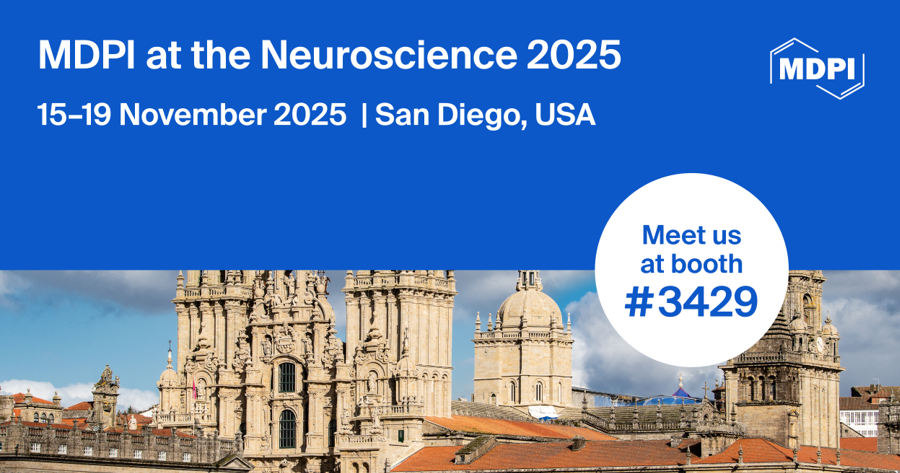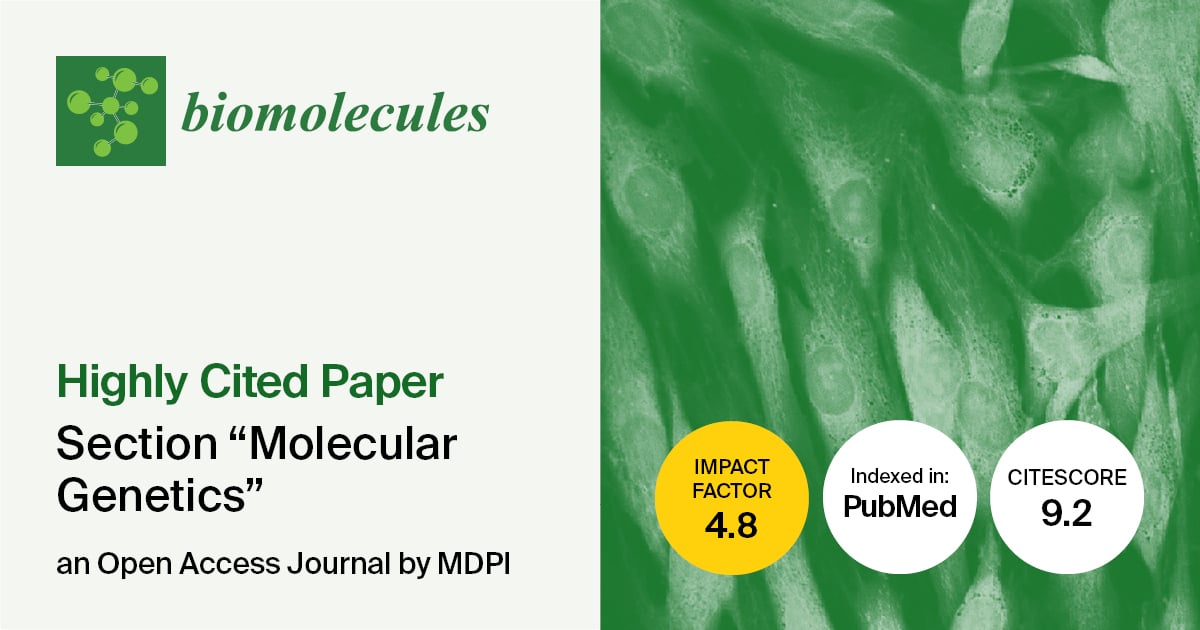-
 The Oxygen Dependency of Fibrinogen-Mediated Platelet Activation via αIIbβ3
The Oxygen Dependency of Fibrinogen-Mediated Platelet Activation via αIIbβ3 -
 Neurotropic Viruses as Acute and Insidious Drivers of Aging
Neurotropic Viruses as Acute and Insidious Drivers of Aging -
 The α5-α6-α7-Pba3-Pba4 Complex: A Starting Unit in Proteasome Core Particle Assembly
The α5-α6-α7-Pba3-Pba4 Complex: A Starting Unit in Proteasome Core Particle Assembly -
 Modeling Human Cell Death Pathways in Budding Yeast
Modeling Human Cell Death Pathways in Budding Yeast -
 Salivary MicroRNAs as Non-Invasive Biomarkers for Endometriosis and Therapy Response
Salivary MicroRNAs as Non-Invasive Biomarkers for Endometriosis and Therapy Response
Journal Description
Biomolecules
- Open Access— free for readers, with article processing charges (APC) paid by authors or their institutions.
- High Visibility: indexed within Scopus, SCIE (Web of Science), PubMed, MEDLINE, PMC, Embase, CAPlus / SciFinder, and other databases.
- Journal Rank: JCR - Q1 (Biochemistry and Molecular Biology) / CiteScore - Q1 (Biochemistry)
- Rapid Publication: manuscripts are peer-reviewed and a first decision is provided to authors approximately 19.4 days after submission; acceptance to publication is undertaken in 2.9 days (median values for papers published in this journal in the first half of 2025).
- Recognition of Reviewers: reviewers who provide timely, thorough peer-review reports receive vouchers entitling them to a discount on the APC of their next publication in any MDPI journal, in appreciation of the work done.
- Sections: published in 15 topical sections.
- Testimonials: See what our editors and authors say about Biomolecules.
- Companion journal: Receptors.
Latest Articles
E-Mail Alert
News
Topics
Deadline: 31 October 2025
Deadline: 24 November 2025
Deadline: 31 December 2025
Deadline: 20 March 2026
Conferences
Special Issues
Deadline: 15 October 2025
Deadline: 15 October 2025
Deadline: 15 October 2025
Deadline: 20 October 2025
































